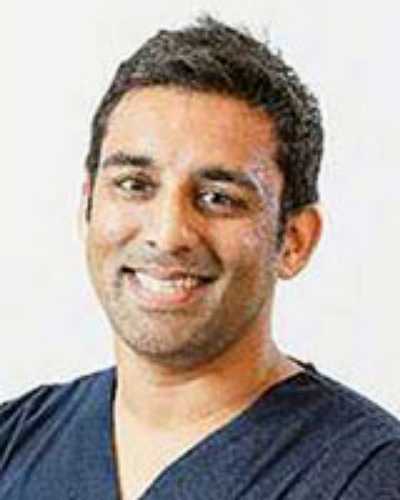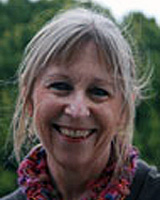Now published, see the full article 
Early Abstract:
Context: Improving the oral health of Aboriginal and Torres Strait Islander people has been prioritised by both of the Australian National Oral Health Plans (2004-2013 and 2015-2024).However, providing adequate access to timely dental care to remote Aboriginal communities remains a challenge.. The Kimberley region of Western Australia in particular experiences a significantly higher prevalence of dental disease compared to other regional centres. The region covers over 400,000km2 with 97% of this being classified as very remote and 42 percent of the population identifying as Aboriginal and/or Torres Strait Islander. The provision of dental care to remote Aboriginal communities in the Kimberley is complex and involves careful consideration of the unique environmental, cultural, organisational and clinical factors at play.
Issue: The low population densities combined with the high running costs of a fixed dental practice means that establishing a permanent dental workforce is generally not viable in remote communities in the Kimberley. Thus there is a pressing need to explore alternative strategies to extend care to these communities. In this context, the Kimberley Dental Team (KDT) a non-government, volunteer-led organisation was established to ‘fill the gaps’ and extend dental care to areas of unmet need. There is currently a lack of literature around the structure, logistics and delivery of volunteer dental services to remote communities. This paper describes the KDT, it’s development, resources, operational factors and organisational characteristics of the model of care including mapping the reach of the program.
Lessons Learned: This paper underlines the challenges around dental service provision to remote Aboriginal communities and the evolution of a volunteer service model over the course of a decade. The structural components integral to the KDT model were identified and described:
• Community based oral health promotion through initiatives such as supervised school toothbrushing programs enabled access to primary prevention for all school children. This was combined with school-based screening and triage to identify children in need of urgent care.
• Collaboration with community-controlled health services and cooperative use of infrastructure enabled holistic management of patients, continuity of care and increased efficiency of existing equipment.
• Integration with University curricula and supervised outreach placements were used to support training of dental students and attract new graduates into remote area dental practice.
• Supporting volunteer travel and accommodation and creating a sense of family were central to volunteer recruitment and sustained engagement.
• Service delivery approaches were adapted to meet community needs; a multi-faceted hub and spoke model with mobile dental units was used to increase the reach of services.
• Strategic leadership through an overarching governance framework built from community consultation and steered by an external reference committee informed the model of care and its future direction.




